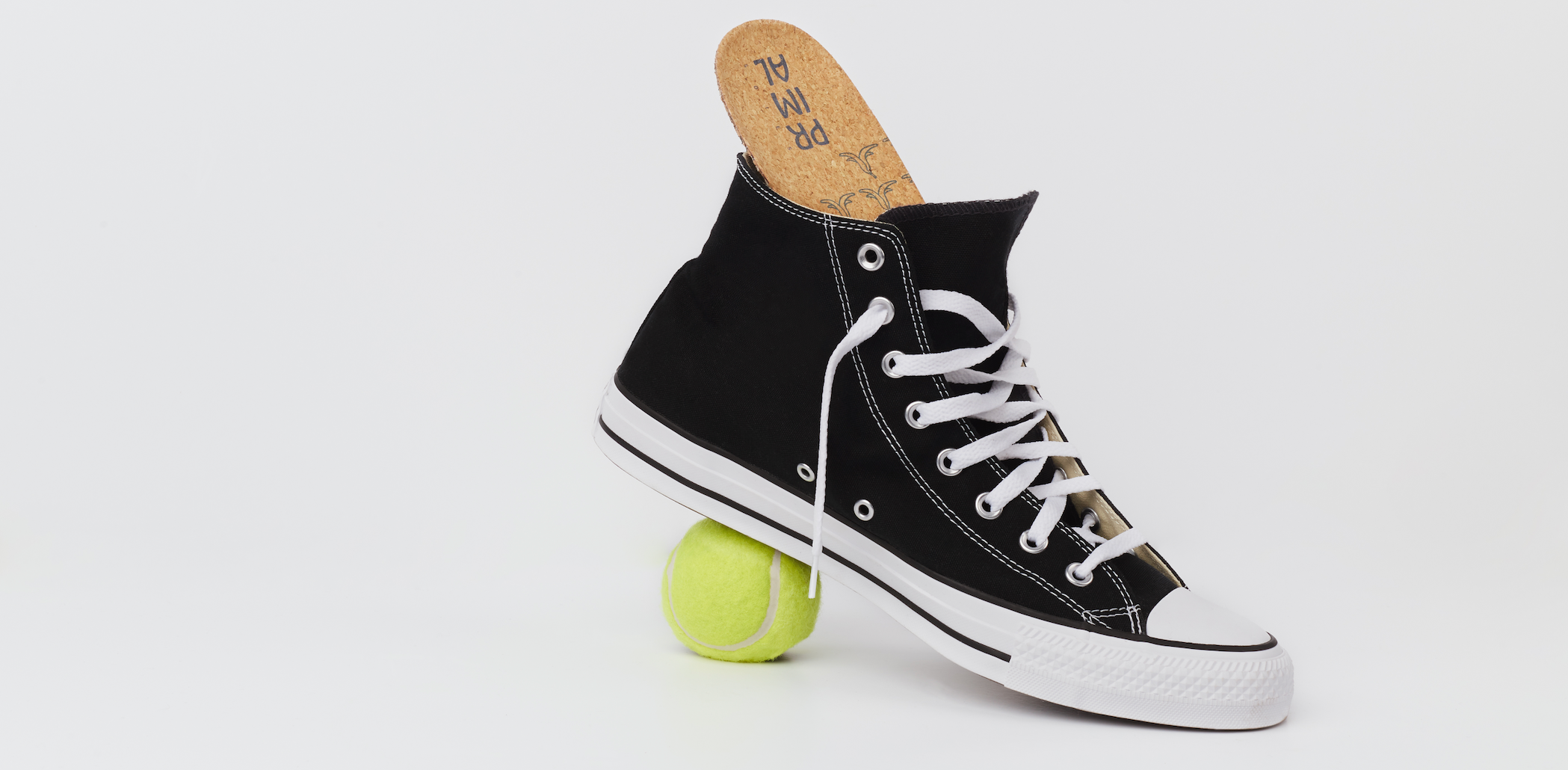Support Cork.
- Cork is harvested from the bark of the cork oak tree, the Quercus suber, in harmony with its natural cycle
- The generations old process of manually stripping the bark from the cork oak tree enhances the regenerative capabilities of the tree, and with it its natural capability of sequestering CO2 out of the atmosphere
- Cork, therefore, not only gifts us its natural benefits - such as comfort, lightness, shock absorption and thermal regulating, moisture wicking and anti-bacterial properties - but also acts as a key player against climate change

Support Biodiversity.
- The cork oak forest is one of 36 biodiversity hotspots left on the Planet according to the UN, on par with the Amazon and the African Savanna
- Endemic to the Mediterranean basin and supporting over 200 animal and 135 plant species, the cork oak forest acts as the lungs of the region in more than one way
- By integrating naturally regenerative cork into our production processes, we sustain the world's ecological balance, fight climate change and desertification, and support biodiversity

Support Yourself.
Cork contains natural properties that no other process has been able to achieve:
- It is extremely comfortable and light, consisting for over 50% of air - weighing just 0.16 grams per cubic centimeter
- It is the only solid which, when compressed on one side, does not increase in volume on another, making it very shock absorbent
- Thanks to its honeycomb structure, cork has a very high friction coefficient making its resistance to impact or friction higher than other hard surfaces
- Cork is naturally anti-bacterial due to its suberin compound it naturally repels small particles and resists toxin absorption and mold, making it the perfect material to remain odorless on the feet
- The air inside the abundance of cell membranes makes cork an excellent thermal regulator leading to low levels of thermal conductivity as compared to any other industrial or technological material
- Impermeable to liquids and gasses, cork does not absorb moisture such as sweat due to its suberin and ceroids contained in its cell walls, making it the perfect material to remain dry on the feet




